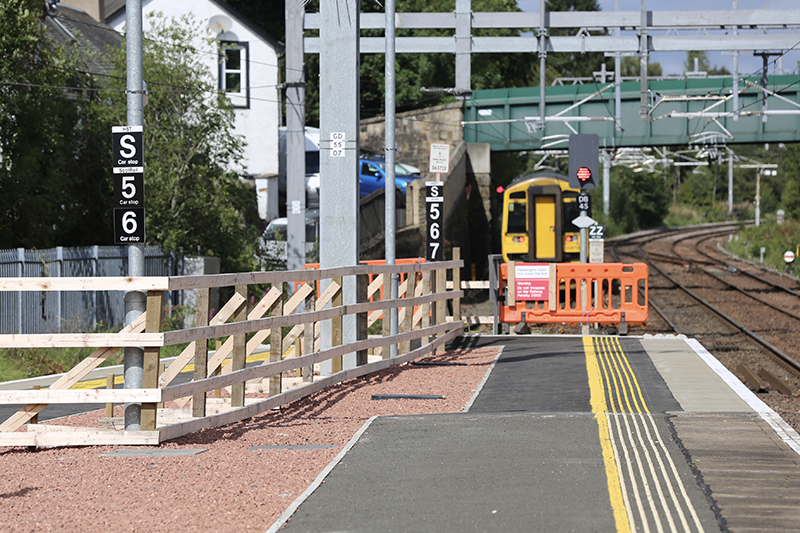
THE final phase of enhancement works are being undertaken at Dunblane Station to help improve service reliability on Scotland’s railway.
Network Rail, Rail Systems Alliance Scotland, Babcock, and Arcadis first began work on the £11.2 million project in January 2023.
With no ‘turnback’ facility at the station due to the current track layout, trains arriving at platform two and three at have to continue north to use existing switches and crosses further along the line. This means the railway between Dunblane and Perth can become congested, which constrains the timetable and network resilience during times of disruption.
In the final phase of the project, between the early hours of Saturday 2 September and the morning of Monday 4 September, Network Rail and its contractors will install a new crossover section of track.
For the same duration over the following weekend, the team will again be working to commission the new signalling system, with no trains running to or from the station.

Network Rail said once the new crossover comes into use next year, trains can depart from Platform three using the section of track when heading south from the station. This will help reduce the time it takes for a train to turn back towards Stirling by up to 13 minutes. In turn, this will free up capacity through the route and make services more reliable, it added.
Chris Sharkey, Network Rail’s senior programme manager, said: “The first two weekends in September will see the culmination of many months of work in allowing us to deliver this critical and final part of the project. Our engineers have carried out extensive preparatory works in advance of the crossover being craned into position. This includes installing new overhead line equipment and making modifications to platforms to support the signals for the new section of track.
“We appreciate the inconvenience our activity will cause customers and those living closest to the railway over the two weekends. I want to thank people for their continued patience as we complete this work, which will deliver more reliable services for passengers and freight by reducing the impact of future unplanned disruption on the route.”









